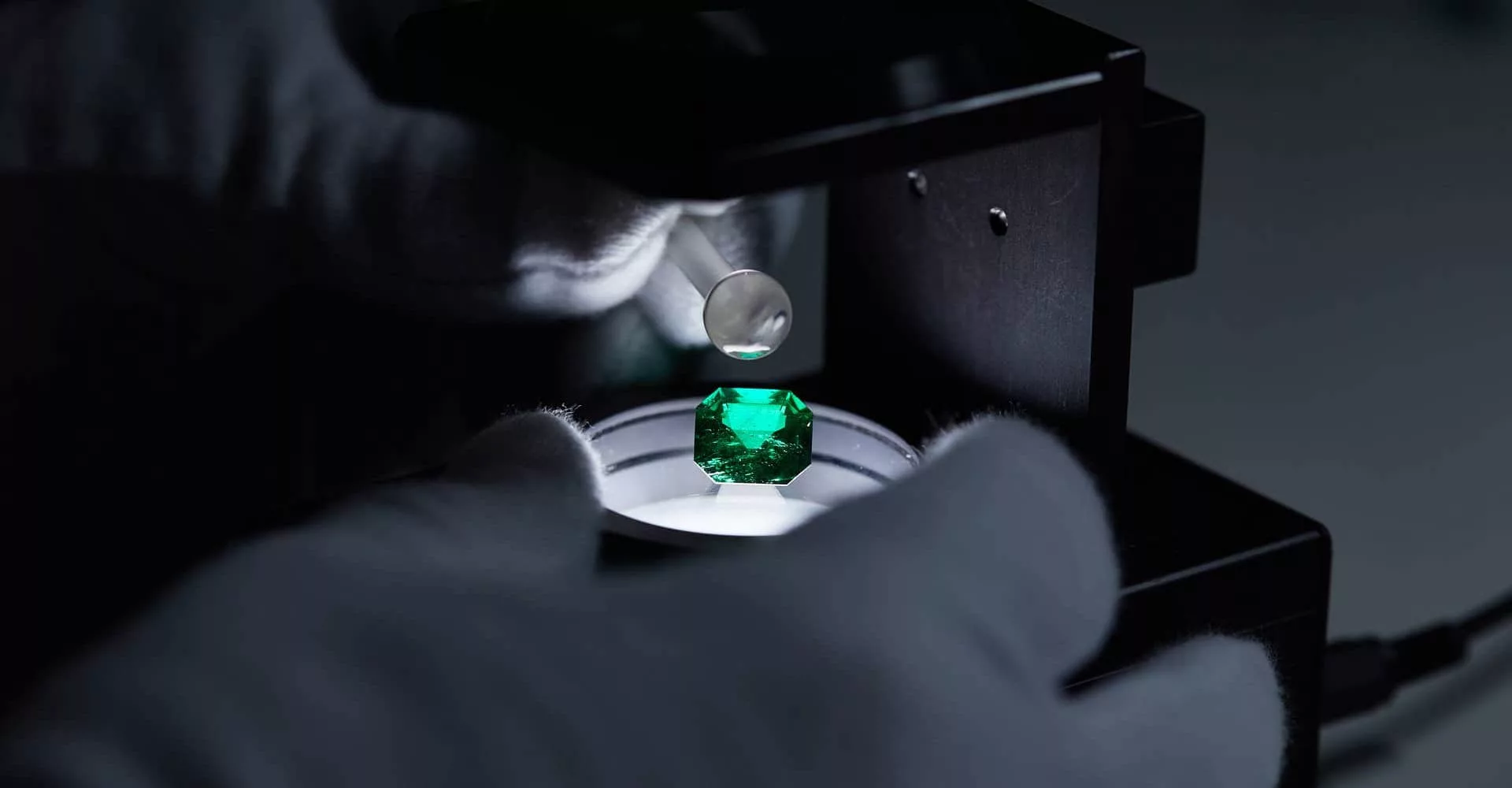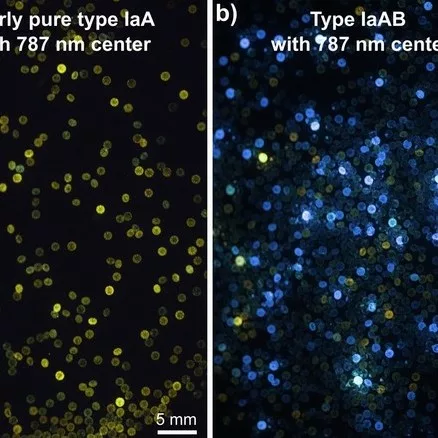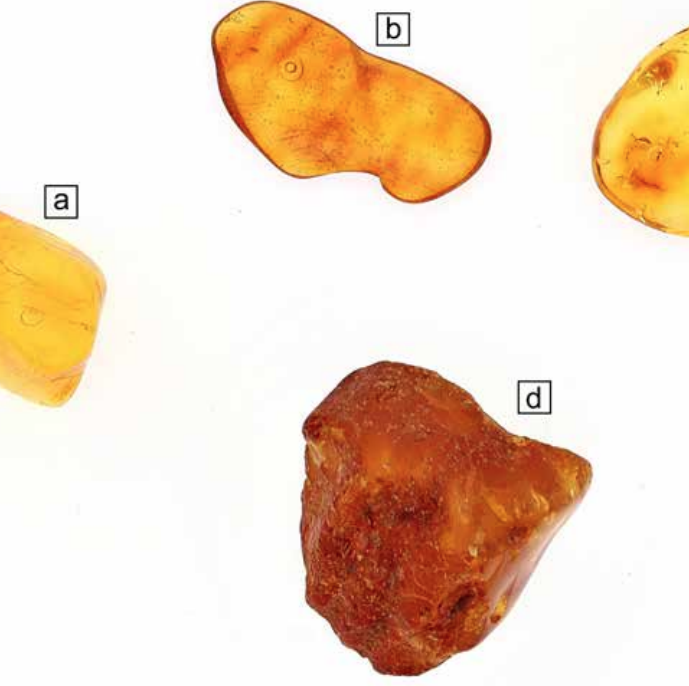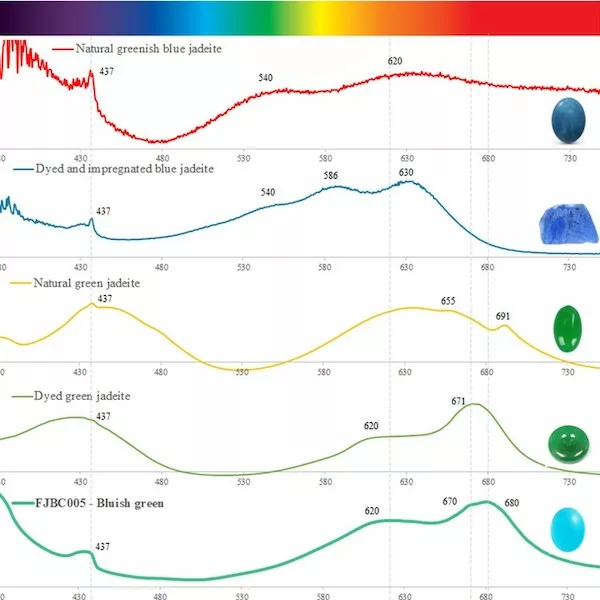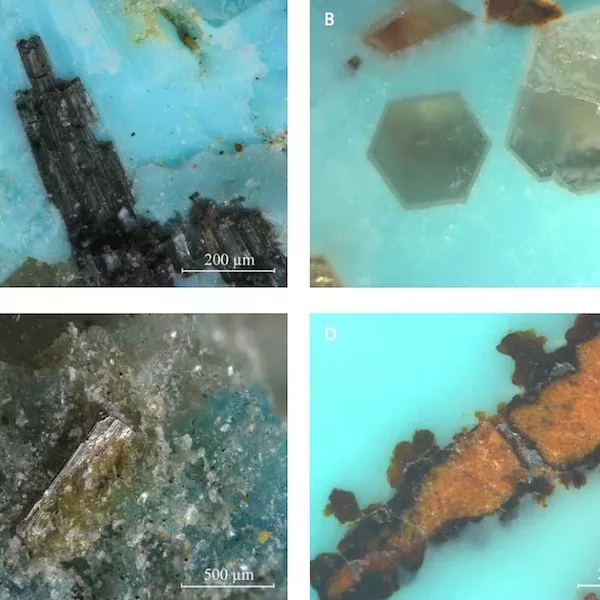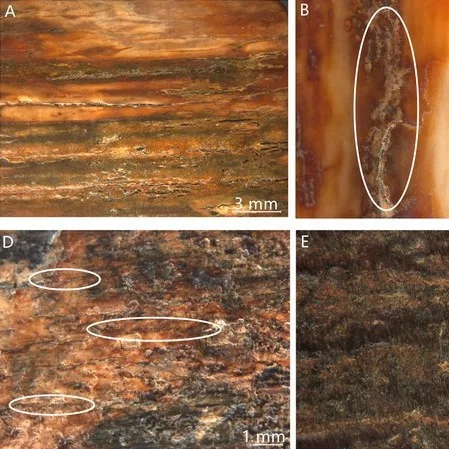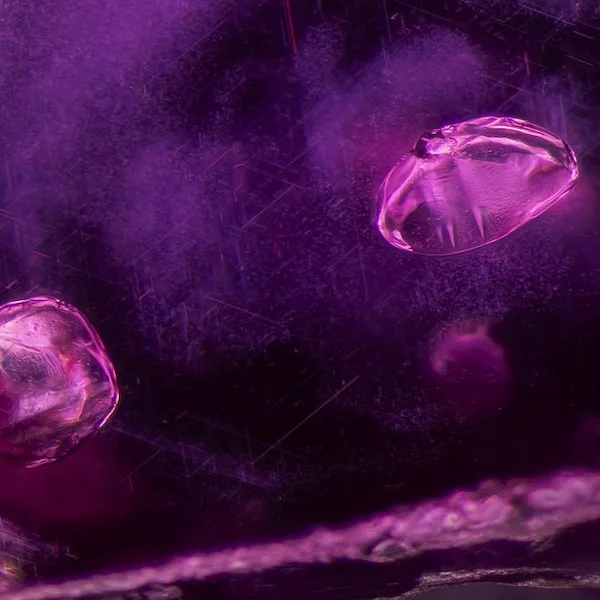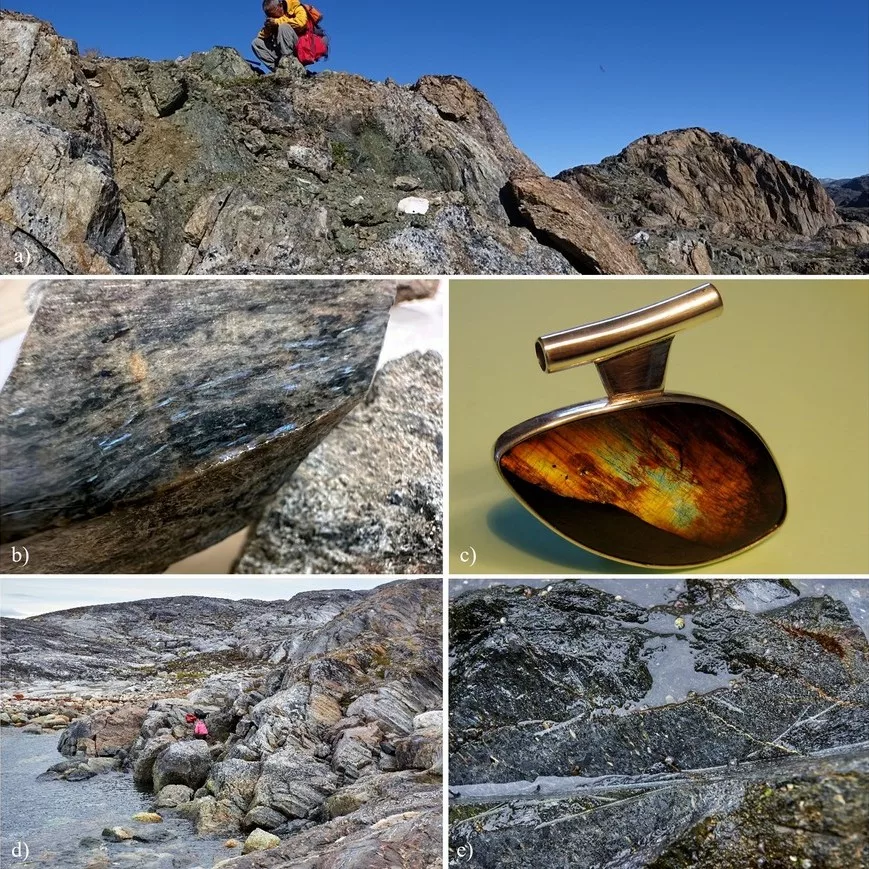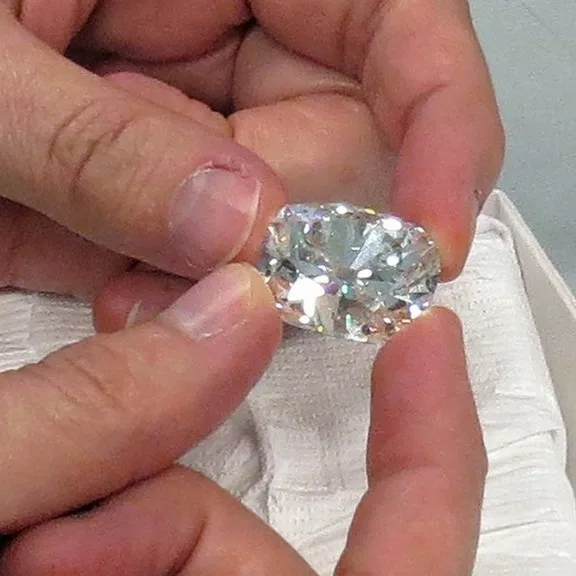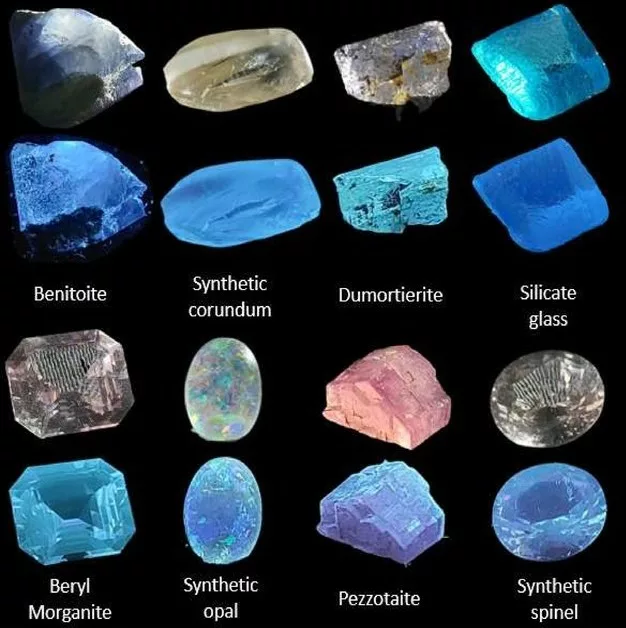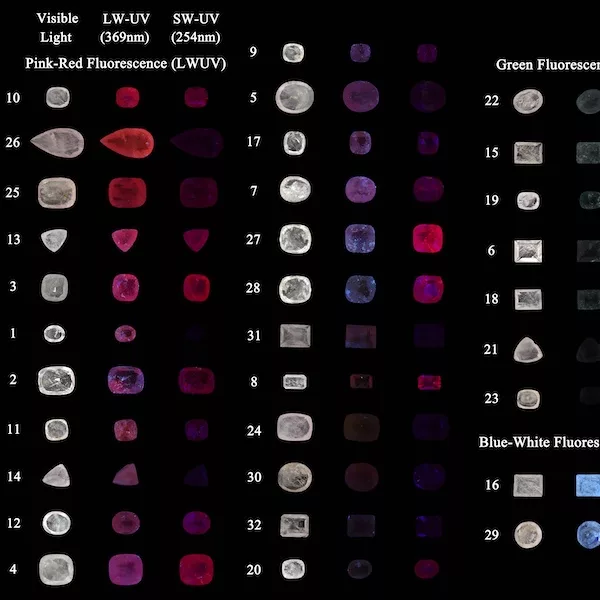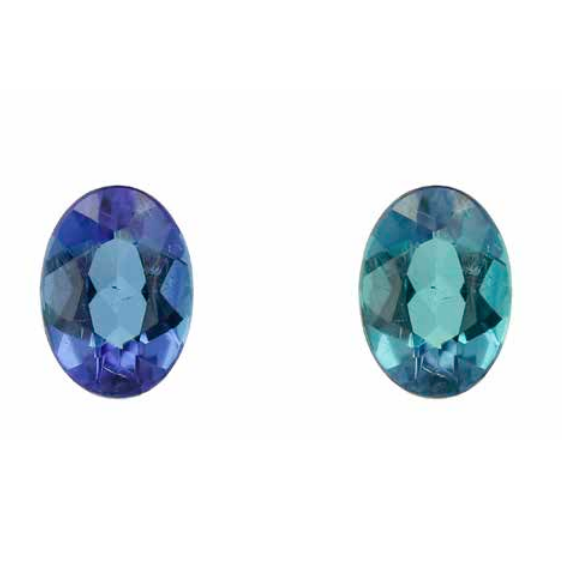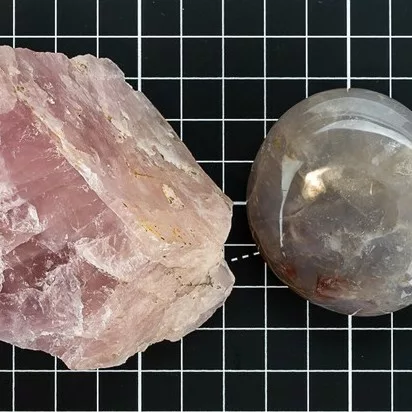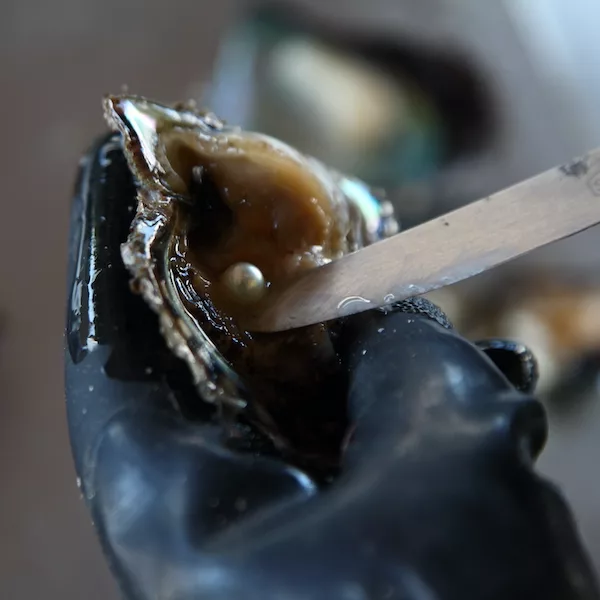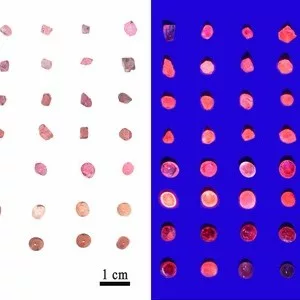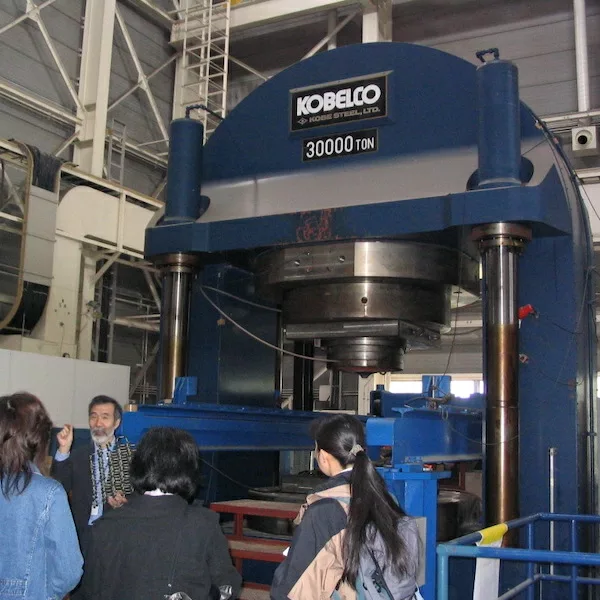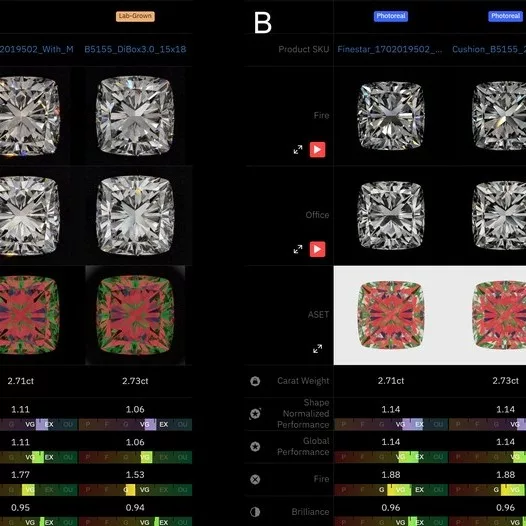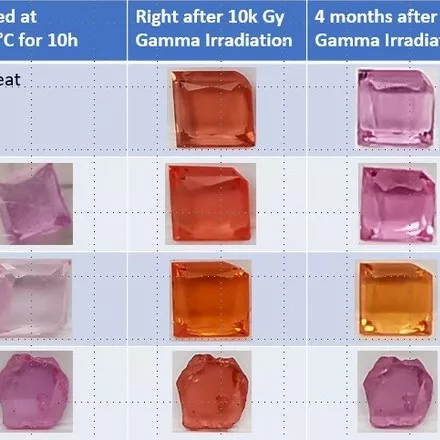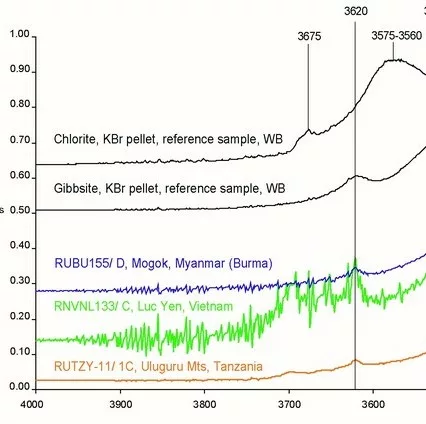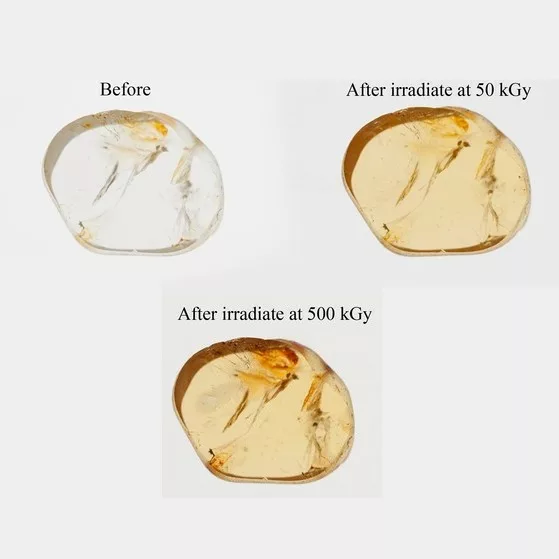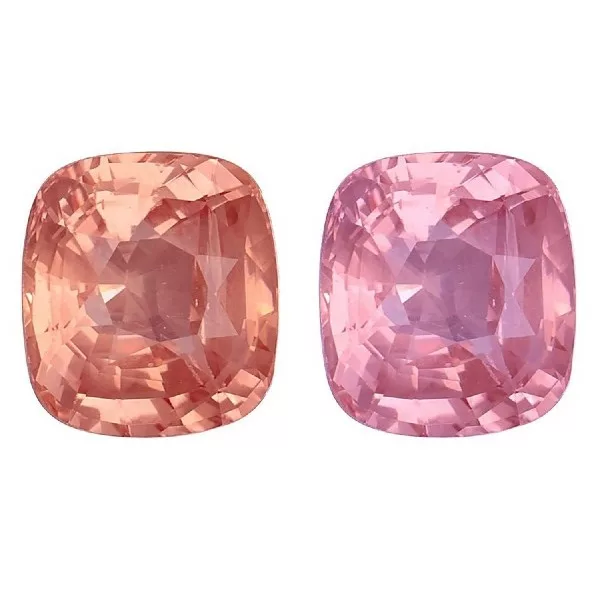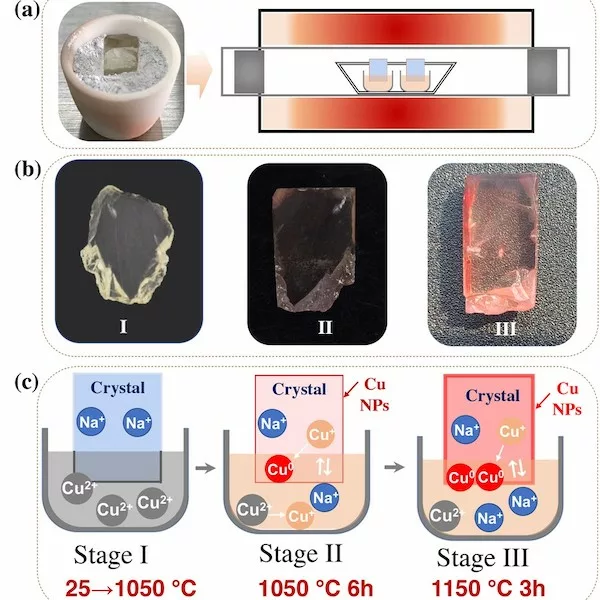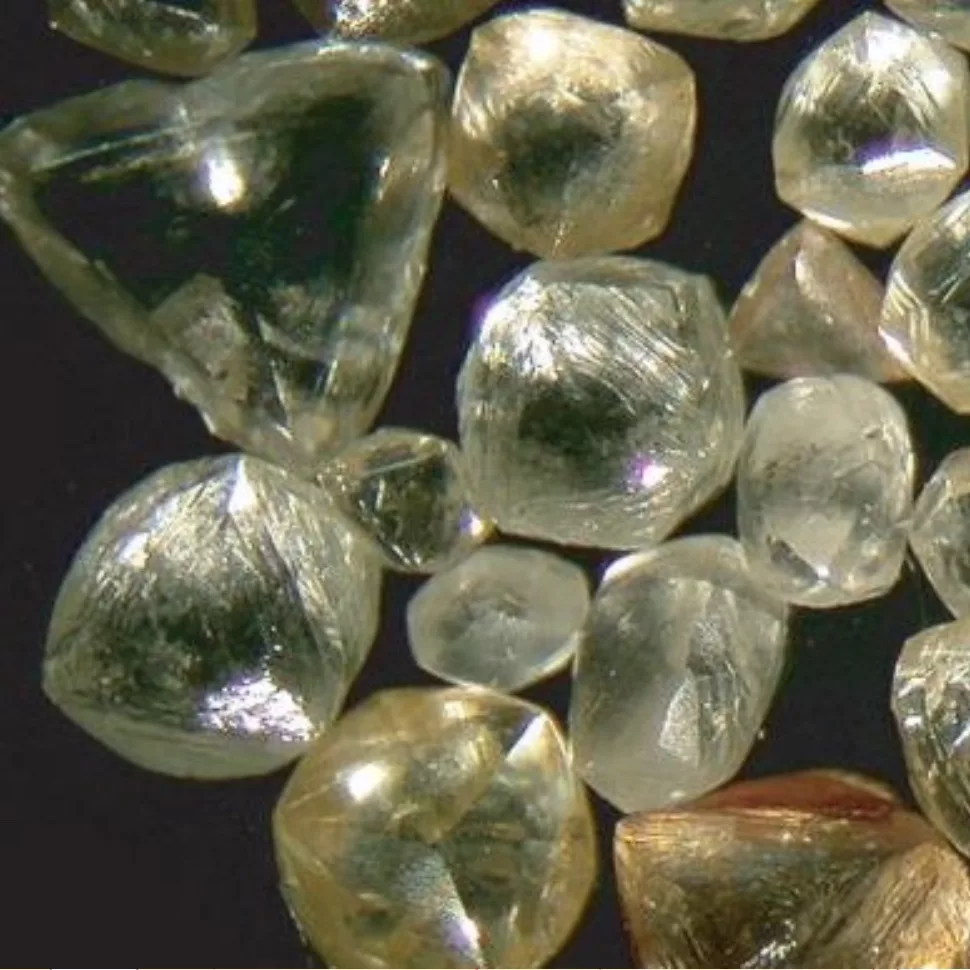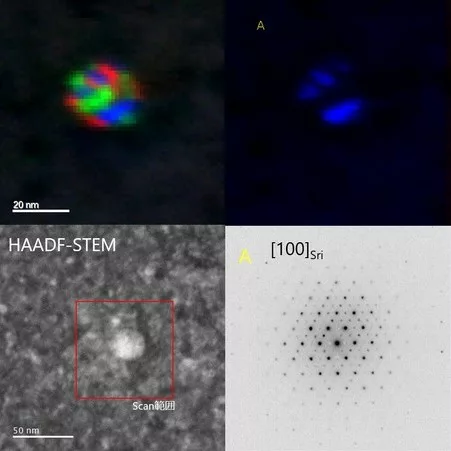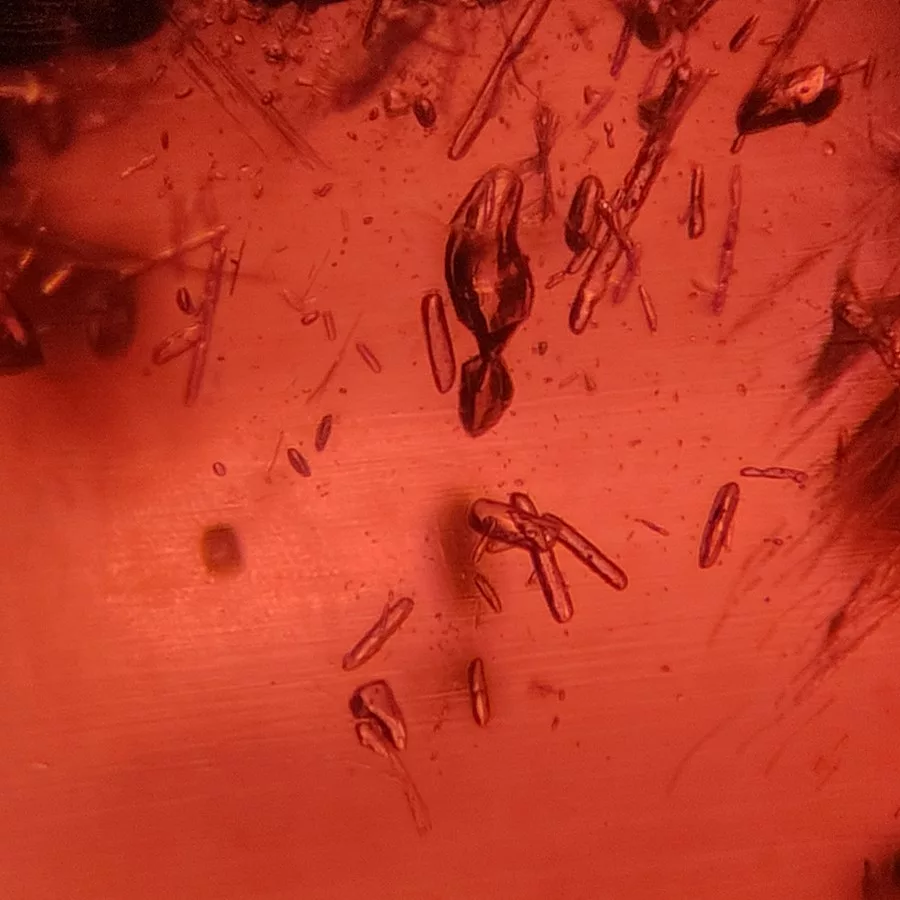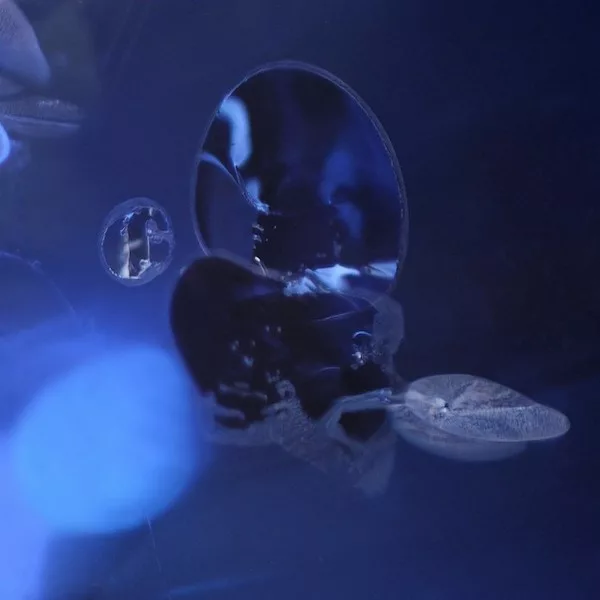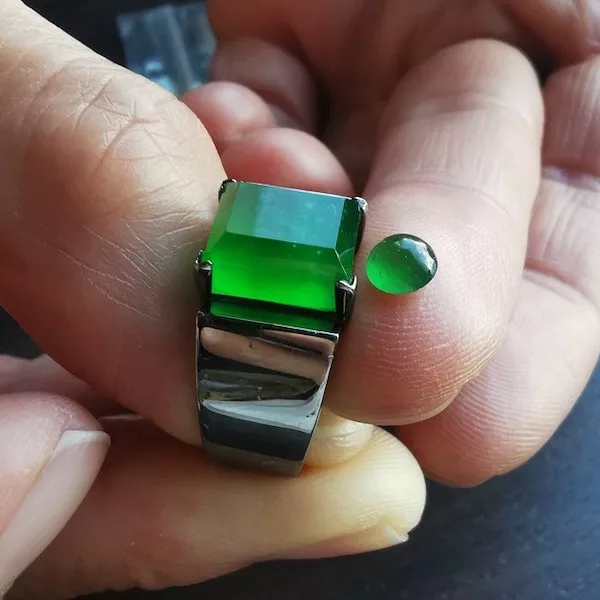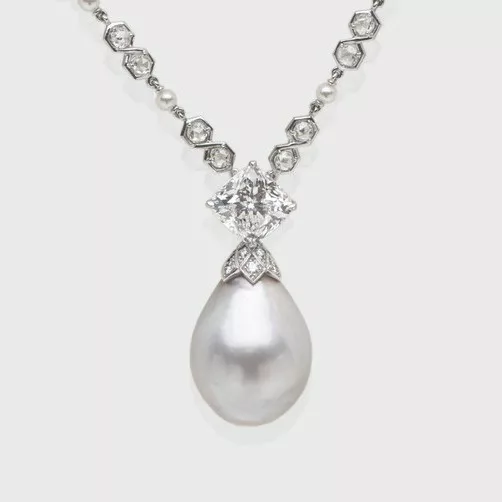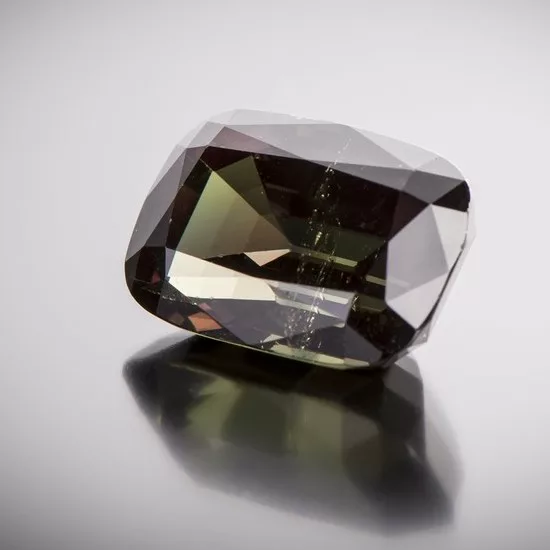Past conferences
Abstracts Library
A study of nickel-bearing type Ia diamonds
We present a detailed FTIR and PL spectroscopic study (i.e. at 298 and 77°K) of a large number of colorless (i.e. color D to G) type Ia diamonds (i.e. >200), showing the presence
Baltic amber and its inclusions: an insight into the origin and nature of the trapped material
Amber is a fossilised resin from ancient trees (coniferous and deciduous), which underwent the process of fossilisation in various epochs and depositional environments. Until the p
Treated jadeite-jade: Unusually bright fancy colours
Jadeite-jade is a precious ornamental stone that has been valued as the topmost decorative stone and has been used in jewelry, carvings, and other ornamental objects by many cultur
An implementation of machine learning in ruby and sapphire origin determination
Country-of-origin is one of the most important value factors of corundum (ruby and sapphire) due mainly to its historical or legendary popularity in the trade. Generally, gemmologi
Investigating the Provenance signature of Tourmaline-Bearing Turquoise in the Kuh Zar Gold Deposit, Semnan Province, Iran
The Neyshabur reserve in northeast Iran is renowned for its production of Persian turquoise, yet it is not the sole deposit associated with this valuable gemstone. The Kuh Zar mine
Causes of color in brown mammoth ivory
The mammoth species were once the largest terrestrial mammals in the world during the late Pleistocene (approximately 350,000 to 10,000 years ago), inhabiting the northern hemisphe
Low Temperature Heat Treatment of Burmese Ruby
Detection of low-temperature heat treatment (below 1200°C) in ruby and sapphire can present challenges to gemologists, as alterations to the material are often subtle. In this stu
A nuummite occurrence from kangerluarsuk in the Maniitsoq Region, West Greenland
K. I. Giesecke was the first to recognize the beauty of the iridescent amphibolitic gemstone Nuummite in 1810 when he collected samples from the island Simiuttat in the Nuuk area,
The Banjarmasin Diamond in Amsterdam – War Booty from Borneo
The Banjarmasin diamond in the collection of the Rijksmuseum in Amsterdam plays a questionable role in the history of the Dutch occupation of Southern Borneo. Confiscated from the
Blue shortwave luminescence of gems: the role of titanate groups
The purpose of this study is to describe Blue Shortwave-UV excited Luminescence (BSL) in gems and related materials, and demonstrate the role of titanate groups in a number of gems
Gemological and Luminescence Characteristics of Taaffeites from Mogok, Myanmar
Taaffeite is a rare gem that has been found in different localities such as Tanzania, Sri Lanka, China, and Mogok, Myanmar. Systematic research on the taaffeite from Mogok, Myanmar
Colour change Paraiba tourmaline from Brazil
In just a few decades Paraiba tourmalines have developed into one of the most valuable and sought-after gems in the world. Of particular interest are specimens from the legendary B
Rose Quartz: Journey Into the Nano-Jungle
Massive rose quartz is a readily available mineral ranging in colour from pink to salmon- or lavender-pink (Figure 1). Given its popularity in the market, it might be assumed that
Diamonds and synthetic diamonds
Diamond is historically one of the most important gemstones, in terms of value, use and general appreciation. Diamonds were generally formed relatively early in the Earth’s Histo
Initiatives for sustainable pearl cultivation in Japan
Natural pearls are a gift from nature. On the other hand, cultured pearls are a symbol of humanity and nature. Skilful pearl smiths and rich nature are needed to cultivate beautifu
Quantitative estimation of spinel’s thermal and geothermal history by photoluminescence spectroscopy and its application in spinel origin determination
The thermal history of spinel can not only be used to distinguish the natural spinel from heated and synthetic ones, but also to reveal that the spinel underwent different geologic
Colour varieties of gems – where to set the boundary?
In theory it is simple: a gemstone is a mineral formed in nature by geological processes and, as such, it has a mineralogical name that is scientifically defined and accepted by th
A brief history of synthetic diamond researches in Japan
Research on diamond synthesis started in early 1960s in Japan, following GE’s success in 1955. The research was most active between 1980 and 2000 in Japan, triggered by success i
CVD Rough Diamonds Striae Grading Approach based on Deviated Optical Performance of Polished CVD Diamonds
Diamond’s optical performance cognition and scientific descriptions are based on the three key attributes: brilliance, fire and scintillation. Brilliance is an illusion caused by
Effects of Gamma Irradiation on Ruby and Pink Sapphire and Potential Detection Methods in Gem Labs
Gamma irradiation is a non-destructive and non-invasive treatment method used to enhance the colour and aesthetic appeal of gemstones, such as diamond, topaz, quartz, and sapphire.



